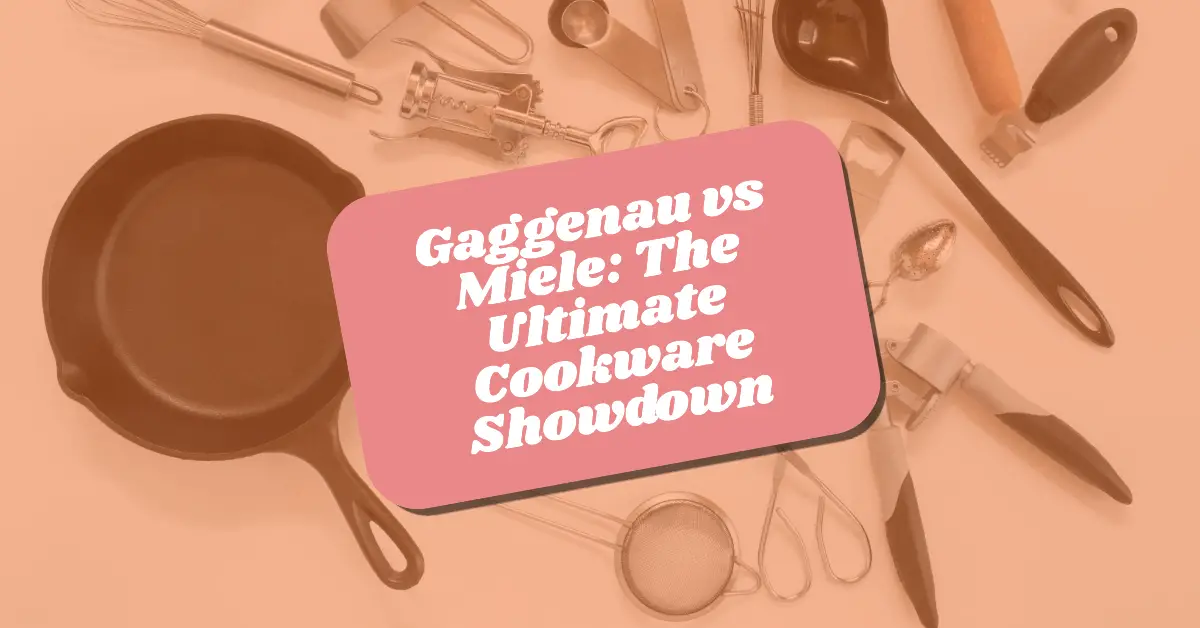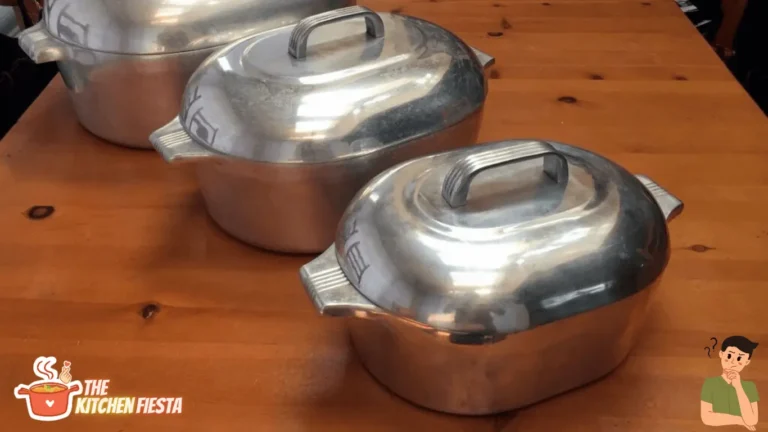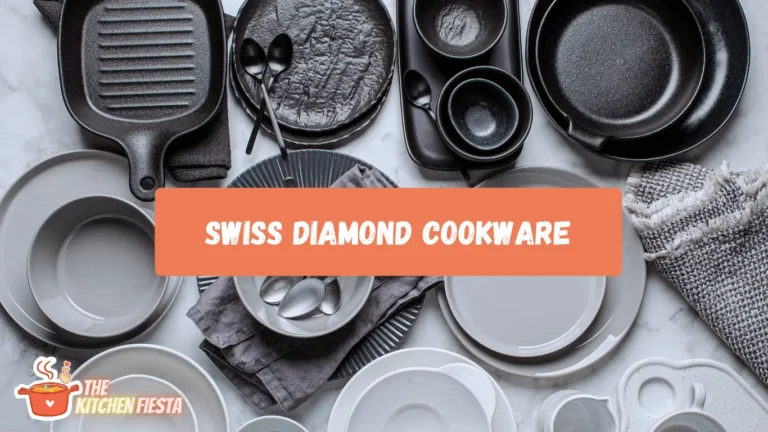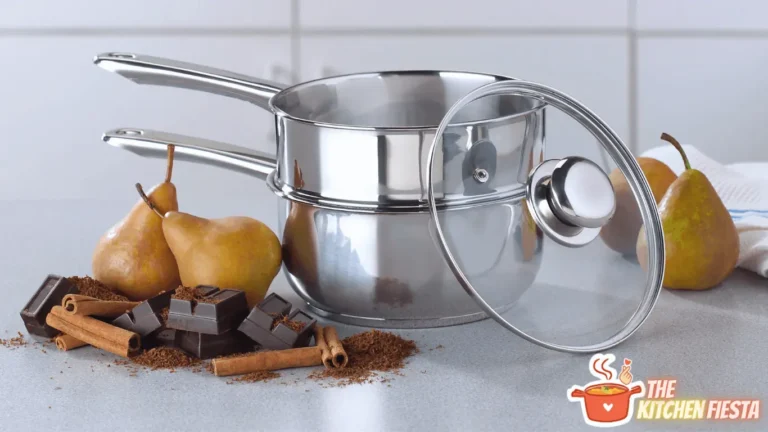Gaggenau vs Miele: Which Luxury Appliance Brand is Better?

When designing your dream kitchen, choosing the right appliances is one of the most important decisions. Luxury brands like Gaggenau and Miele are known for their cutting-edge technology, premium performance, and sleek aesthetics. But which one should you invest in?
This comprehensive Gaggenau vs Miele comparison looks at the key differences between these two high-end German appliance makers. By evaluating each brand across critical categories like price, features, reliability, warranty, and more, you’ll have all the information you need to decide if Gaggenau or Miele is a better fit for your needs and budget.
Brand Histories: Gaggenau vs Miele Overview
To understand Gaggenau and Miele appliances, it helps to know the origins and reputations of each brand.
Gaggenau History
Gaggenau dates back to 1683 when the company first began manufacturing iron goods and enamelware in the Black Forest region of Germany. By the late 1800s, Gaggenau started producing high-quality stoves and ovens, establishing itself as an innovator in cooking technology.
The company was acquired by BSH Hausgeräte GmbH in 1995 and is currently part of the Bosch appliance group. Gaggenau continues to be headquartered in Munich, Germany and specializes in state-of-the-art kitchen appliances known for their modern design aesthetic.
Gaggenau is renowned for its use of innovative materials like high-grade stainless steel and glass, sleek minimalist style, and incorporation of advanced technology into its luxury appliances.
Miele History
Founded in 1899, Miele has been family-owned for over 120 years. Headquartered in Gütersloh, Germany, Miele manufactures a wide range of high-performance appliances including vacuum cleaners, ovens, refrigerators, dishwashers, and more.
Known for its rigorous testing and strict quality control standards, Miele is synonymous with durability and reliability. The company motto “forever better” reflects their commitment to designing long-lasting, technologically-advanced appliances.
While not as daringly modern in design as Gaggenau, Miele offers understated, elegant appliances focused on usability, efficiency, and exceptional performance. Miele prides itself on craftsmanship and attention to detail in all of its products.
Now that you understand where Gaggenau and Miele come from, let’s directly compare the two brands across the categories most important for your purchasing decision.
Gaggenau vs Miele Pricing Comparison
One of the first considerations for most homeowners is the cost of Gaggenau appliances versus Miele. Both are premium brands, but Gaggenau tends to have a higher starting price point.
For example, a 36-inch standard Gaggenau gas cooktop starts around $2,800 while a comparable Miele cooktop is priced closer to $2,000. Similar pricing differences can be seen across equivalent oven, ventilation hood, dishwasher, and refrigerator models.
Higher-end specialty appliances like steam ovens show an even wider price gap, with Gaggenau models costing $7,000 or more and Miele in the $4,000 – $5,000 range.
However, Miele appliances often have more finish and configuration options. With Gaggenau, you may be limited to a set color and style. The wider range of choices for Miele comes at a cost premium.
Installation and long-term maintenance are other price factors to weigh. Gaggenau tends to cost more for professional installation given its specialized ventilation requirements and technologically advanced safety features. Both brands recommend professional repairs to properly service their appliances.
While pricier, Gaggenau appliances are viewed as investments that add value and luxury flair to a gourmet kitchen. If budget is your top concern, Miele provides similar performance and German engineering for 15-25% less on average.
Performance and Features Comparison
When investing thousands in luxury appliances, you expect cutting-edge cooking technology and modern convenience features. Both Gaggenau and Miele deliver in terms of innovation and performance.
Cooking Technology
Gaggenau and Miele offer high-powered gas, electric, and induction cooktops for fast, precise heating control. Both brands use quality components like sealed burners and sturdy knobs and dials able to withstand years of use.
For ovens, steam, convection, and combination cooking models provide exceptional results. Gaggenau’s built-in coffee makers, specialty ovens like teppanyaki grills, and 400-series modular appliances take customization even further.
Miele sets itself apart with its MasterChef automatic cooking programs. By selecting food type and weight, the oven picks the optimal mode, temperature, and time for perfect results.
Smart Home Connectivity
Gaggenau and Miele enable remote oven control, monitoring, and troubleshooting through Wi-Fi and companion apps. Miele takes it a step further with Amazon Alexa integration to start and stop cooking, check status, and set timers using voice commands.
While handy for multitasking, connected appliances require an external Wi-Fi connection and may prompt security concerns for some homeowners. Miele offers activate/deactivate options but connectivity is permanently on with Gaggenau.
Special Technologies
Both brands use proprietary methods to maximizeairflow, moisture, and temperature precision when cooking. This includes:
- Gaggenau’s fixed inlet bake and broil elements for consistent heating
- Miele’s AutoOpen drying and GentleClose systems to extend dishwasher door life
- Miele’s Honeycomb drum with honeycomb-shaped indentations for delicate steam care and preventing detergent residue in laundry
Advances like these enhance functionality and durability while differentiating these luxury brands.
Design Aesthetic
When it comes to appearance, Gaggenau and Miele appliances exemplify German design principles with clean lines, minimalist detailing, and solid construction.
However, Gaggenau embraces a more distinctly modern, avant garde look. Their handless ovens and angled control panels make a bold statement. It’s a sleeker, more contemporary aesthetic compared to classic Miele.
For a seamless built-in look, Gaggenau refrigerators and dishwashers feature integrated handles and concealed vents and lighting. Miele offers understated appliance panels and pocket handles to maintain their signature low-key style.
Both let you customize finishes like stainless steel, matte black, and gloss white to match your kitchen decor. If you appreciate under-the-radar elegance, Miele’s the way to go. For urban edge, Gaggenau delivers.
Reliability and Durability
With proper care and maintenance, both Gaggenau and Miele appliances are engineered for years of regular use. But there are some durability differences to factor in depending on the product.
For ovens and cooktops, most customers report excellent long-term reliability from both brands when professionally installed and maintained. Gaggenau’s use of glass touch controls on induction cooktops raise some concerns for durability over time.
Miele dishwashers tend to require fewer repairs over 10-15 years compared to Gaggenau. The plastic used in some Gaggenau washer tubs and interior parts proves less durable resulting in more replacements needed.
Miele washers are also gentler on fabrics for longer-lasting clothes. And Miele’s HoneycombCare technology prevents detergent residue buildup for improved washer longevity.
For refrigerators, Gaggenau’s specialized compressor systems and tightly sealed doors give them lower failure rates in some independent testing. Miele refrigeration reliability is excellent overall, but some compressors wear faster than Gaggenau’s.
Smart connectivity features can also impact appliance lifespan. Miele lets you deactivate Wi-Fi as needed; Gaggenau does not. Possible Obsolescence of connected tech down the road is a consideration.
Warranty Comparison
The warranty coverage from each brand provides additional peace of mind for your investment. Here’s how Gaggenau and Miele’s warranties compare:
- Gaggenau: 2-year full warranty for parts and labor. Additional 3-year limited warranty on refrigeration sealed systems.
- Miele: 1-2 year general warranty depending on the product. Additional 9-10 year limited parts warranty covering major components (varies by appliance). Optional extended service contracts available.
Miele provides longer coverage especially for critical parts most likely to fail after the initial warranty period. Both brands require proof of purchase and that appliances be installed by a professional to be valid.
Warranties for both Gaggenau and Miele transfer to new owners if you sell, covering showroom appliances. Overall, Miele’s longer limited parts warranty makes their coverage more comprehensive.
Customer Service Reputation
Reliable customer service is important when investing in premium appliances. Both Gaggenau and Miele strive to deliver white glove service.
Most customers report positive experiences with Gaggenau’s customer support team. As part of the Bosch group, there are many authorized service technicians available nationwide.
The downside is longer average repair time of 1-2 weeks for Gaggenau. Their cutting edge designs often require specialized parts and technicians.
Independent reviews give Miele extremely high marks for responsive, exemplary customer service. Their network of authorized service providers continues to grow as the brand expands.
While service and repairs average 3-5 business days for Miele, replacement parts are readily available allowing for faster turnaround. Ease of getting knowledgeable support tips the scales towards Miele.
Gaggenau vs Miele: Key Pros and Cons Comparison
Gaggenau Pros
- Sleek, modern aesthetics – Gaggenau appliances feature a bold, contemporary design that makes a statement. The minimalist look offers a cutting-edge style perfect for a modern luxury kitchen.
- Innovative cooking technology – From specialty ovens like steam and teppanyaki to 400 series modular appliances, Gaggenau pushes boundaries. Their use of innovative materials and technological advances drive luxury cooking forward.
- Precision heating control – Gaggenau gas cooktops, induction models, and ovens allow precise fine-tuning of each heating element or zone. This enables nuanced cooking for both simple and complex dishes.
- Advanced connectivity – Gaggenau appliances have built-in WiFi for remote control, monitoring, and troubleshooting via smartphone app. Great for multitasking.
Gaggenau Cons
- Very high price point – Gaggenau commands premium pricing, coming in 15-25% above comparable Miele appliances. The investment pays off in performance, but is prohibitive for some budgets.
- Limited finish options – While you can select a minimalist aesthetic, there are fewer choices for specialty finishes compared to Miele. This reduces flexibility in perfectly matching your kitchen decor.
- Concerns over glass cooktop durability – While visually striking, Gaggenau’s use of glass touch controls on induction cooktops leaves them more prone to scratching, staining, and eventual functionality issues.
- Some connectivity concerns – Permanently enabled WiFi connectivity raises some security issues and risks of built-in obsolescence as technology evolves.
Miele Pros
- Understated elegance – Miele appliances embody a sleek but under-the-radar design ethos perfect for those seeking a subtler high-end look. Rich matte finishes and clean lines create sophisticated simplicity.
- Lower pricing than competitors – Miele delivers exceptional engineering and performance at a 15-25% discount versus comparable Gaggenau models. Great combination of value and luxury.
- Renowned reliability and durability – From dishwashers to laundries, Miele appliances are engineered for the long haul. Fewer repairs and strict testing standards ensure years of dependable service.
- Intuitive cooking programs – Miele ovens eliminate guesswork via automatic MasterChef programs tailored to each recipe and adjustable via simple control dials. Convenience perfection.
Miele Cons
- Narrower range of specialty appliances – While Miele offers a wide array of luxury appliances, Gaggenau provides more niche options like teppanyaki grills and self-cleaning coffee makers.
- Slightly longer average repair time – Miele aims for industry-leading customer service. However, average repair time is 1-2 days longer than Gaggenau due to their expanding network of technicians.
- Fewer smart connectivity features – While handy, Miele’s remote control options and voice command integration through Alexa are still quite limited compared to Gaggenau.
- Less bold aesthetic – Those wanting to make a dramatic contemporary statement may find some Miele finishes and styles too understated and traditional.
Gaggenau vs Miele: Which Should You Choose?
So when looking at high-end Gaggenau vs Miele appliances, which brand comes out on top? Here’s a final summary of key considerations:
Consider Gaggenau for:
- Modern, cutting edge design that makes a statement
- Innovative specialty ovens like steam, teppan yaki, and more
- Smart connectivity features you can control from your phone
- Bold luxury flair at a higher price point
Opt for Miele for:
- Understated luxury at 15-25% less cost
- Time-tested reliability and durability
- Intuitive, self-learning cooking programs
- Longer warranty periods and acclaimed customer service
For most home chefs, Miele strikes the better balance of form, function, and knowledgeable support. While pricier, Gaggenau wins points for pushing boundaries in luxury appliance design and technology.
Weigh your priorities around budget, cooking needs, and style preferences. And consider talking to a kitchen designer to determine if Gaggenau or Miele best fits your vision.
With their reputation for innovation, performance, and meticulous German engineering, you can trust both brands to deliver exceptional results for years to come. Invest wisely, cook boldly, and bon appétit from your dream kitchen!
Conclusion
When designing an epicurean kitchen with top-tier appliances, Gaggenau and Miele both represent the pinnacle of luxury cooking. This exhaustive feature-by-feature comparison equips you to confidently choose between these prestigious German brands.
Keep the key differences in price, durability, warranty, style, and performance in mind. Prioritize must-have features like connectivity or specialty cooking modes. With the expert tips provided above, you’re ready to select either Gaggenau or Miele to fulfill your culinary vision.



